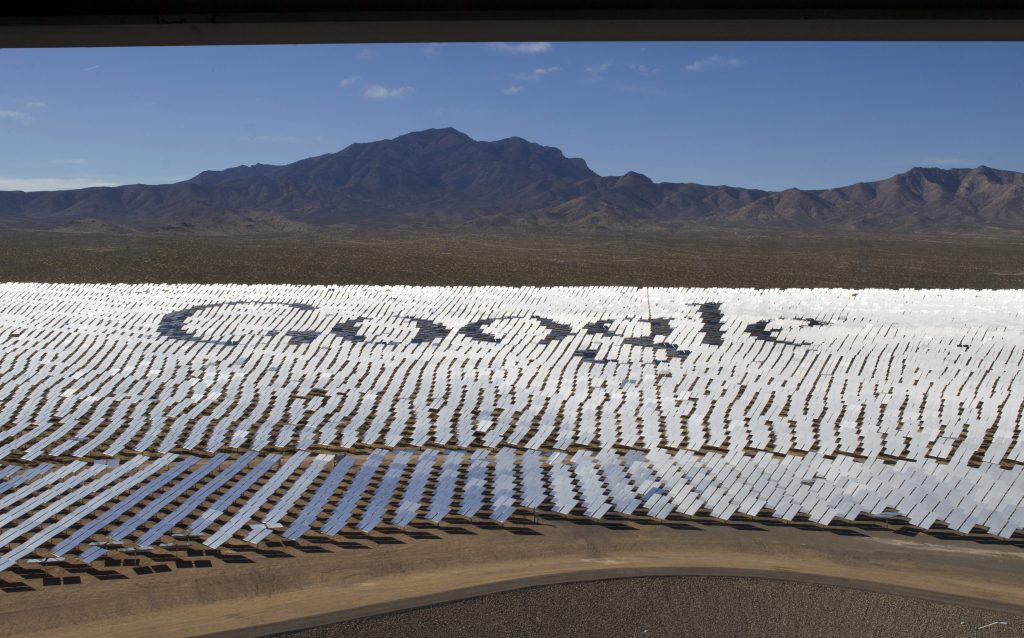As energy markets and technologies rapidly change, international oil companies (IOCs) are facing a set of interconnected challenges that will fundamentally affect their business models. From changes in the supply and demand picture, to shifts in how energy is produced and consumed, to public pressure to decrease greenhouse gas footprints, companies have a wide range of issues to consider as they decide how to prepare for an unpredictable future. In a new issue brief, “Navigating the energy transition: International oil company diversification strategies,” Global Energy Center Senior Fellow David Koranyi provides a macro picture of select IOC’s strategic (re)thinking and explores some of the strategies IOCs have undertaken to diversify their portfolios and prepare for the unfolding energy transition.
IOCs have diverging views on many of the issues at hand and have chosen to address the energy transition in different ways, so which strategies will ultimately be successful? Only time will tell which companies will benefit from the current energy transition and which ones will struggle to cope with the disruptions to come, and to what extent the oil industry can play a constructive role in developing a new, more climate friendly energy system for the twenty-first century.
Image: The Google logo is spelled out in heliostats (mirrors that track the sun and reflect the sunlight onto a central receiving point) during a tour of the Ivanpah Solar Electric Generating System in the Mojave Desert near the California-Nevada border February 13, 2014. The project, a partnership of NRG, BrightSource, Google and Bechtel, is the world's largest solar thermal facility and uses 347,000 sun-facing mirrors to produce 392 Megawatts of electricity, enough energy to power more than 140,000 homes. REUTERS/Steve Marcus (UNITED STATES - Tags: ENERGY SCIENCE TECHNOLOGY BUSINESS TPX IMAGES OF THE DAY LOGO)
